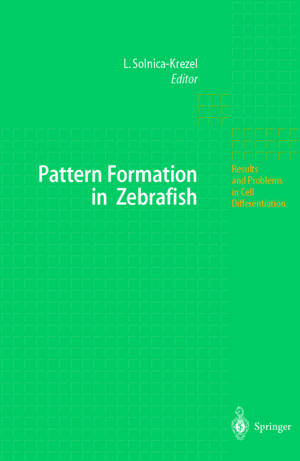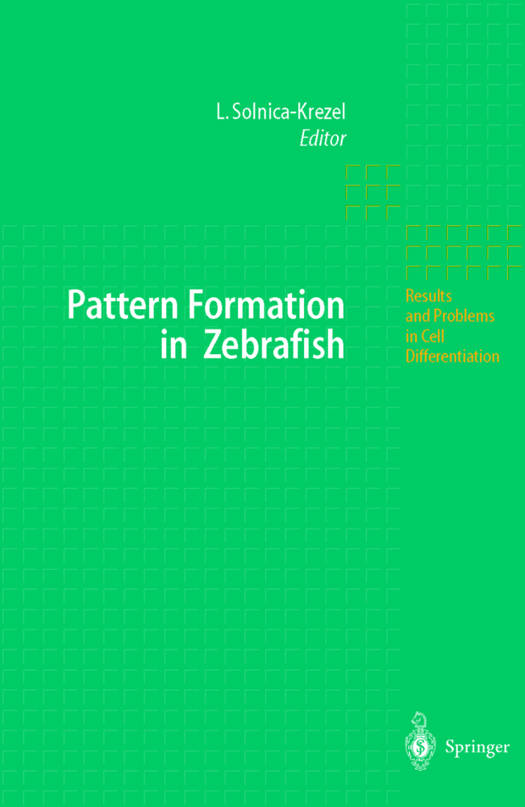
Je cadeautjes zeker op tijd in huis hebben voor de feestdagen? Kom langs in onze winkels en vind het perfecte geschenk!
- Afhalen na 1 uur in een winkel met voorraad
- Gratis thuislevering in België vanaf € 30
- Ruim aanbod met 7 miljoen producten
Je cadeautjes zeker op tijd in huis hebben voor de feestdagen? Kom langs in onze winkels en vind het perfecte geschenk!
- Afhalen na 1 uur in een winkel met voorraad
- Gratis thuislevering in België vanaf € 30
- Ruim aanbod met 7 miljoen producten
Zoeken
Pattern Formation in Zebrafish
€ 349,45
+ 698 punten
Omschrijving
What makes an ideal model system to study embryonic development? The answer to this question has varied in the course of scientific quest, depending on the available experimental approaches. Yet, at the beginning of the new millennium, most of the mainstream model organisms have one feature in common, they are amenable to genetic analysis. Indeed, the genetic approach has proven remarkably effective in the dissection of complex biological phenomena, starting with the regulation of the lactose operon in Escherichia coli, the decision between the lysogenic and lytic cycles of the lambda phage and the yeast cell cycle control. The genetic screens for mutations affecting embryonic development of a fruit fly, Drosophila melanogaster, carried out by Christiane Niisslein-Volhard, Eric Wieschaus and Edward Lewis, marked the turning point in experimental approaches to embryonic development of more complex organisms. The resulting mutants facilitated identification of the key regulatory molecules, while their phenotypic classes hinted at the underlying regulatory mechanisms. This work not only provided a paradigm for genetic dissection of other developmental processes, but also inspired many budding embryologists throughout the world. Soon thereafter, George Streisinger noted that, among vertebrates, the zebrafish, Danio rerio, offered many features facilitating the dissection of nervous system development and function. Among these, transparency of the embryo, ease of husbandry, and the highly prolific nature make the zebrafish a good genetic model system.
Specificaties
Betrokkenen
- Uitgeverij:
Inhoud
- Aantal bladzijden:
- 438
- Taal:
- Engels
- Reeks:
- Reeksnummer:
- nr. 40
Eigenschappen
- Productcode (EAN):
- 9783540435761
- Verschijningsdatum:
- 21/08/2002
- Uitvoering:
- Hardcover
- Formaat:
- Genaaid
- Afmetingen:
- 161 mm x 243 mm
- Gewicht:
- 752 g

Alleen bij Standaard Boekhandel
+ 698 punten op je klantenkaart van Standaard Boekhandel
Beoordelingen
We publiceren alleen reviews die voldoen aan de voorwaarden voor reviews. Bekijk onze voorwaarden voor reviews.








